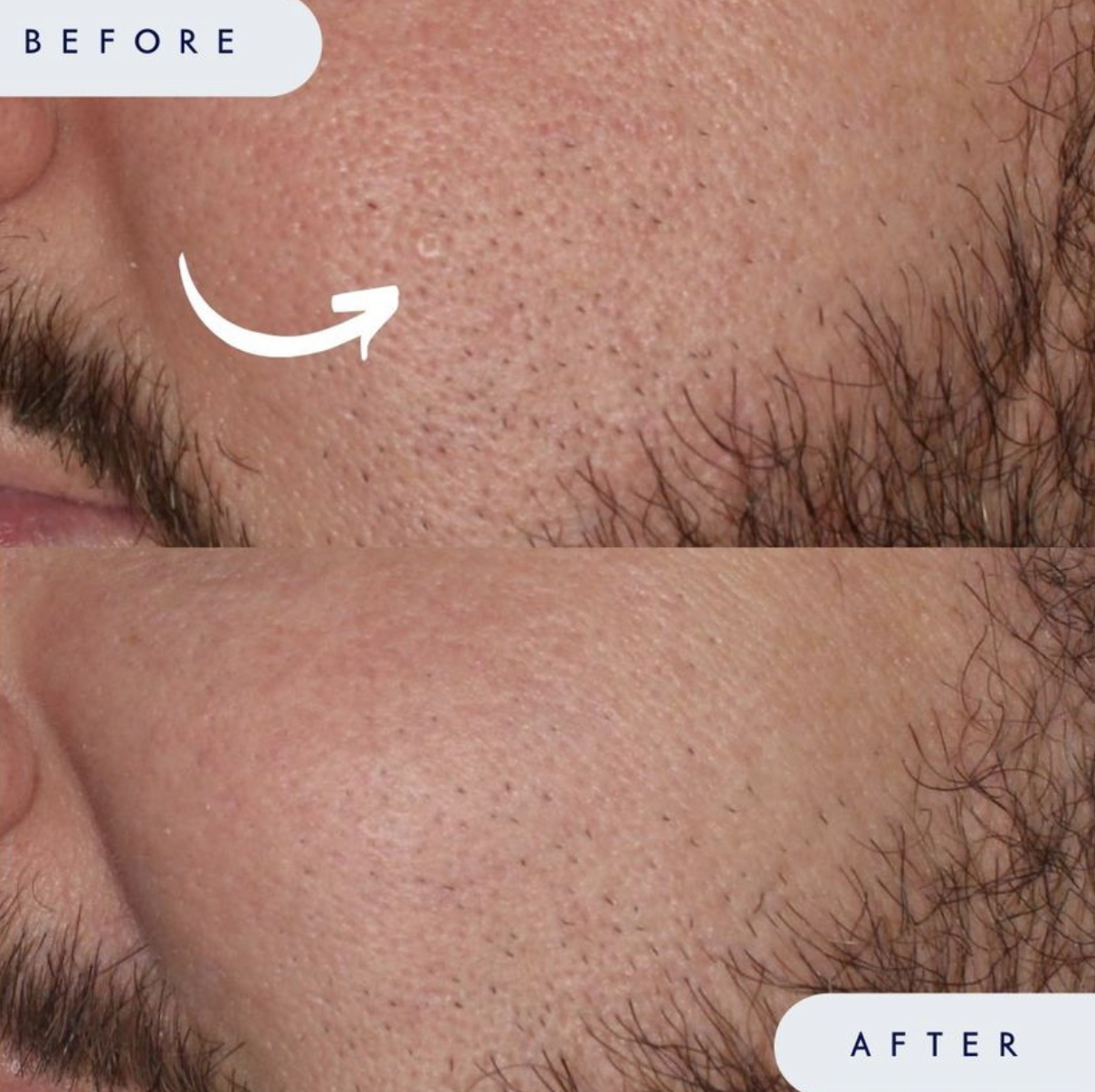Oil Glands (sebaceous hyperplasia)
What is a sebaceous hyperplasia?
Sebaceous hyperplasias are overgrowths of oil glands within the skin that most commonly occur on the face. Patients often mention they seem like a pimple they can’t pop. Their yellowish appearance is a clue to the diagnosis. There is a personal/genetic tendency for them – and patients who get them often develop several. Once a medical history has been taken and the diagnosis has been made, for most patients this is primarily a cosmetic concern.

What treatments are available for this condition?
Sebaceous hyperplasias can be treated electively with electrosurgery. Once cleansing and numbing has been performed, a light electric current is applied and a very small surgical curette can be used to shell out the oil glands. The area heals from the bottom, with a crust/scab for a week. Persistent redness weeks after the procedure is common. Sun avoidance during this period is critical to avoid abnormal pigment. Aftercare with ointment is also important to avoid infection and reduce the possibility of a depressed scar.
